Hot vs Cold Wallet: 5 Key Differences That Could Save Your Crypto
April 14, 2025
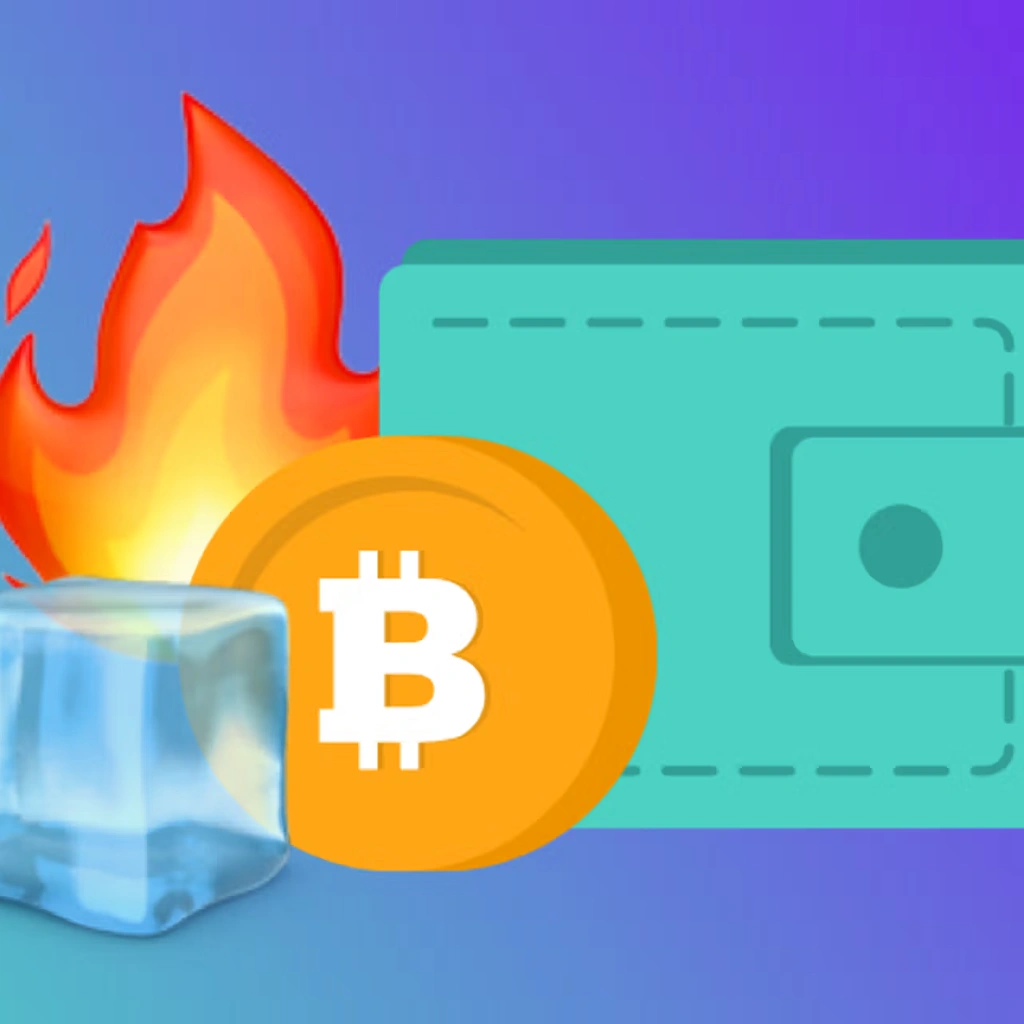
Hot vs Cold Wallet: You’ve probably heard the crypto crowd argue endlessly about hot vs cold wallets. And if you’re new to the space, it can feel like you’ve walked into a debate with no clear winner. Don’t sweat it—we’re breaking down the 5 biggest differences that actually matter, in plain English.
Whether you’re a casual dabbler or a full-on HODLer, knowing the trade-offs between these wallets can help you make smarter choices—and possibly save you from losing your coins.
1. Internet Connection: Hot vs Cold Wallet- Online vs Offline
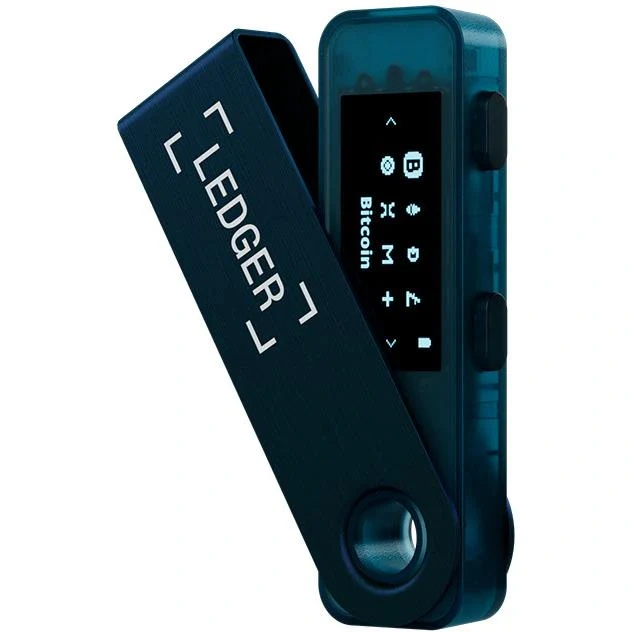
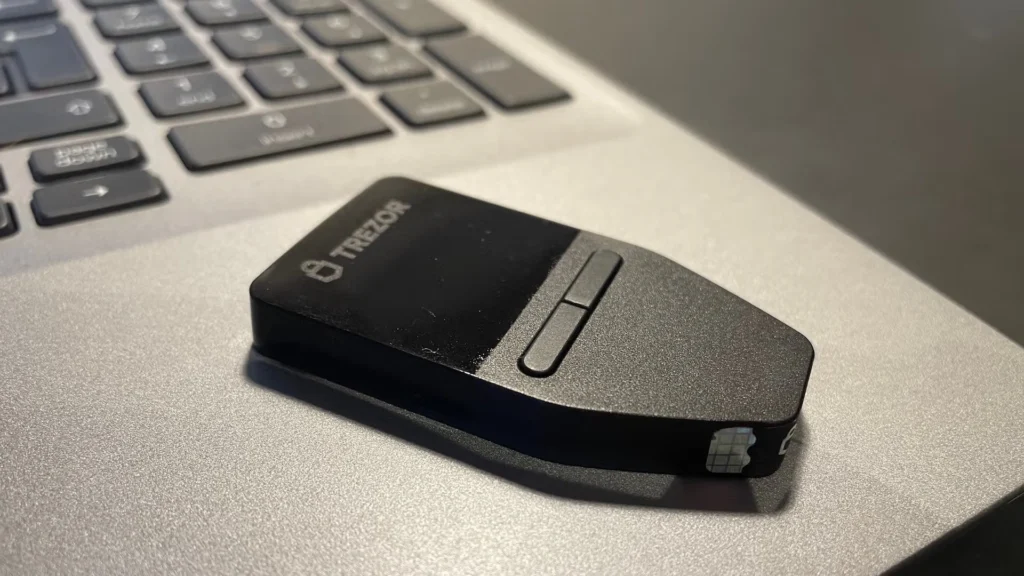
- Hot Wallets: Connected to the internet. Apps like MetaMask, Trust Wallet, or exchanges like Binance fall into this category.
- Cold Wallets: Totally offline. Think hardware wallets (Ledger, Trezor) or even paper wallets printed and stored physically.
Why it matters: Anything online can be hacked. Cold wallets eliminate that threat by never being connected—until you manually plug them in.
2. Accessibility: Hot vs Cold Wallet- Fast vs Secure
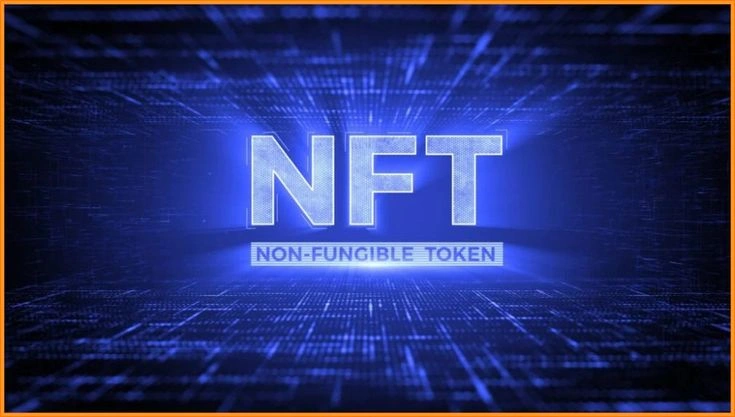

- Hot Wallets: Super fast. Perfect for trading, buying NFTs, or using DeFi protocols on the fly.
- Cold Wallets: Slower access. Every transaction takes extra steps, making it less convenient for day-to-day use.
Bottom line: If speed matters, go hot. If safety matters more, go cold.
3. Security Risks: Convenience Has a Cost
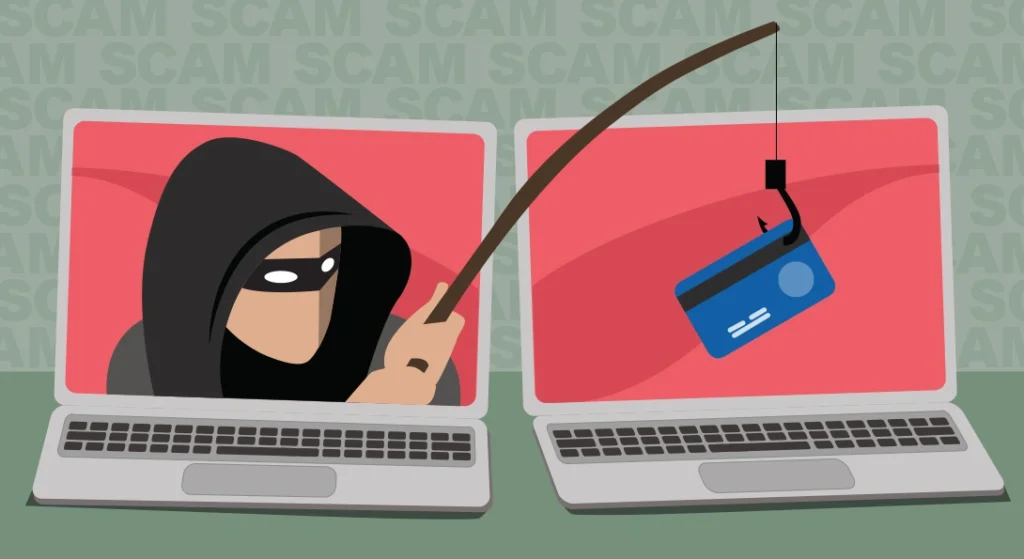

- Hot Wallets: Exposed to online threats like phishing, malware, and exchange hacks. You need to stay vigilant.
- Cold Wallets: Immune to remote attacks—but you’re on the hook for physical security and not losing your device or recovery phrase.
Pro Tip: Both wallets are only as secure as you are. Keep systems updated and never store private keys in your inbox (yes, people still do that).
4. Best Use Cases: Traders vs HODLers
- Use Hot Wallets If:
✓ You trade frequently
✓ You’re experimenting with DeFi, NFTs, or crypto games
✓ You want fast and easy access - Use Cold Wallets If:
✓ You’re holding crypto long-term
✓ You have a significant portfolio to protect
✓ You prefer maximum security over ease
Real talk: It’s like comparing your wallet and your safe. You don’t carry your savings in your back pocket, right?
5. Backup & Recovery: One Mistake Can Be Fatal
- Hot Wallets: Usually recoverable with cloud backups or seed phrases—if you’ve written them down.
- Cold Wallets: Lose your hardware device and recovery phrase? Sorry, that crypto’s gone.
Lesson here: Backup your recovery phrase. Twice. Maybe three times. Store it in separate, safe locations.
Final Verdict: Why Not Use Both?
You don’t have to pick sides in the hot vs cold wallet war. Many savvy users combine both:
- Hot wallet for everyday spending or trading
- Cold wallet for long-term storage
It’s a strategy that balances convenience with security—just like having a checking account and a savings account.
So before you go all-in on one wallet type, ask yourself:
“Am I prioritizing speed or safety?”
In the world of crypto, that answer could make all the difference.
Relevant news : HERE

